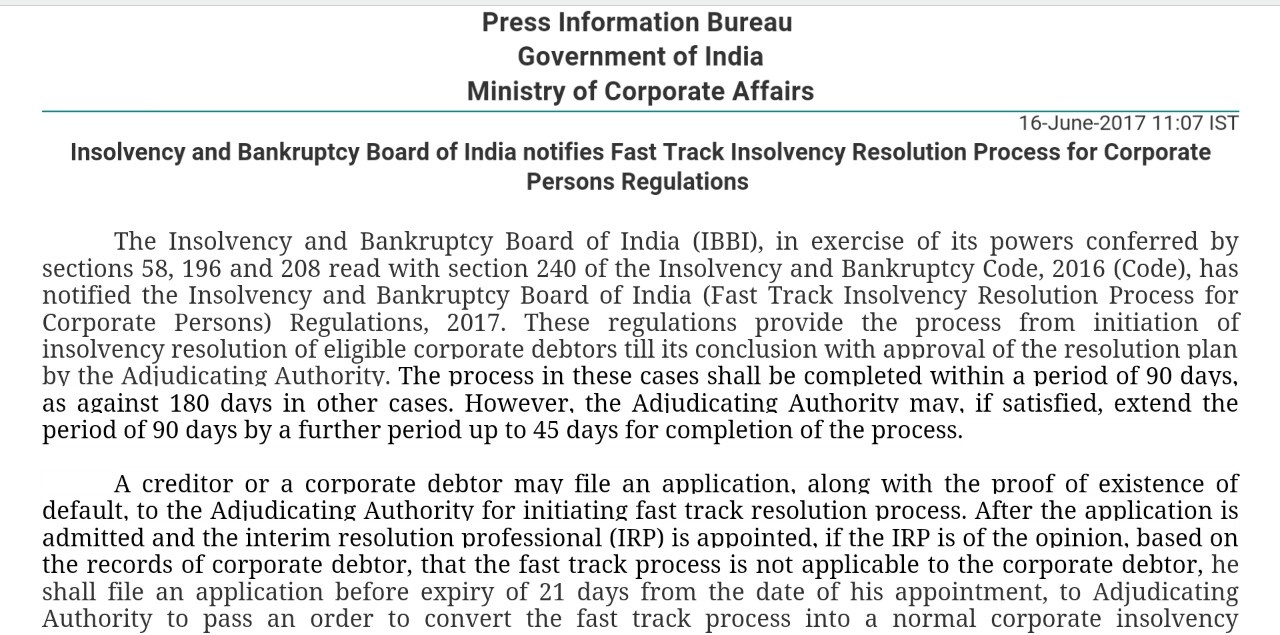Welcome to Prelims Marathon 2018. Start attempting the Daily Quiz.
This free program is focused on UPSC Prelims 2018.
Today’s Quiz topic is Economy.
Follow this Initiative consistently to ensure a good score in CSP-2018. Subscribe Here to get updated when the Quiz is posted.
[WpProQuiz 22]







6/7. Personal best till now 🙂
Awesome. Keep attempting.
5/7
4/7
Score has been struck at 4 since quiet a long time
Not an issue. It will gradually increase. Keep trying.
5/7
Is IBBI under Ministry of Commerce or Ministry of Corporate Affairs ?
@ForumIAS I think it comes under Ministry of Corporate Affairs.. Correct me if I am wrong 🙂
Yes it’s works under Ministry of Corporate Affairs
Thanks 🙂
Welcome Friend….. Thanks Albus
🙂
5/7
You have reached 4 of 7 scores, (57.14%)
Average score 45.24%
Your score 57.14%
6/7….. Thanks Forum IAS …. Please make a compilation….. It will be great useful for revision time…..
A very big request….

In the question on pradhan Maitri vaya yojana pa interest rate is 8.30 and not 8 which is the monthly rate. So doesn’t that make the statement wrong??
Actually 8.3 p.a becomes real due to compounding effect
Thanks for the clarity! 🙂
5/7.
3/7
5/6…………………….
@ForumIAS, will u please provide the compilation of previous month daily quiz
4/7
4/7 pls provide compilation
good ques thanx,,,,pls provide monthly compilation
5/7…
Good basic questions..? Forum Ias…but complacent approach from my end
2/7 ??
U should go by your name (be energetic and a booster )and don’t put more emphasis on the daily score except the D Day…Take these as learnings and blocks to build a building known as Success…
Thanks for the booster 🙂 You are right D day score only matters but sometimes its really painful to see low scores here.
It reminds me of a song “Zindagi ki yahi reet hai Haar ke baad hi jeet hai”
Study well ..give your best..?
Pls check double repression question. Isnt priority lending also causing liability pressure?
priority sector lending is advances(loan which is considered as an asset of bank) made by bank to the disadvantaged,,,here the question talks about liability(Bank need to return when demanded)….It is unsecured loan ..hence it create pressure on asset side
Yeah ! Thank you
4/7
3/7 and attempted 5 questions
5/7
5/7… thanks forum..
7/7….:)
4/7
4/7thanks
4/7
4/7
1 of 7 questions answered correctly
Your time: 00:02:57
2/7 🙁
5/7 thanks
3/7….
4/7…very bad performance… 🙁 🙁
You have reached 4 of 7 scores, (57.14%)
Average score 39.13%
Your score 57.14%
3/7
5/7
2/7 again but i try to best thanks forum IAS
4/7
3 of 7 questions answered correctly
Your time: 00:02:11
You have reached 3 of 7 scores, (42.86%)
Average score 37.33%
Your score 42.86%
You have completed the test!
thanks forum IAS…
Dont stop this initiative.else I would fail
You have reached 5 of 7 scores, (71.43%)